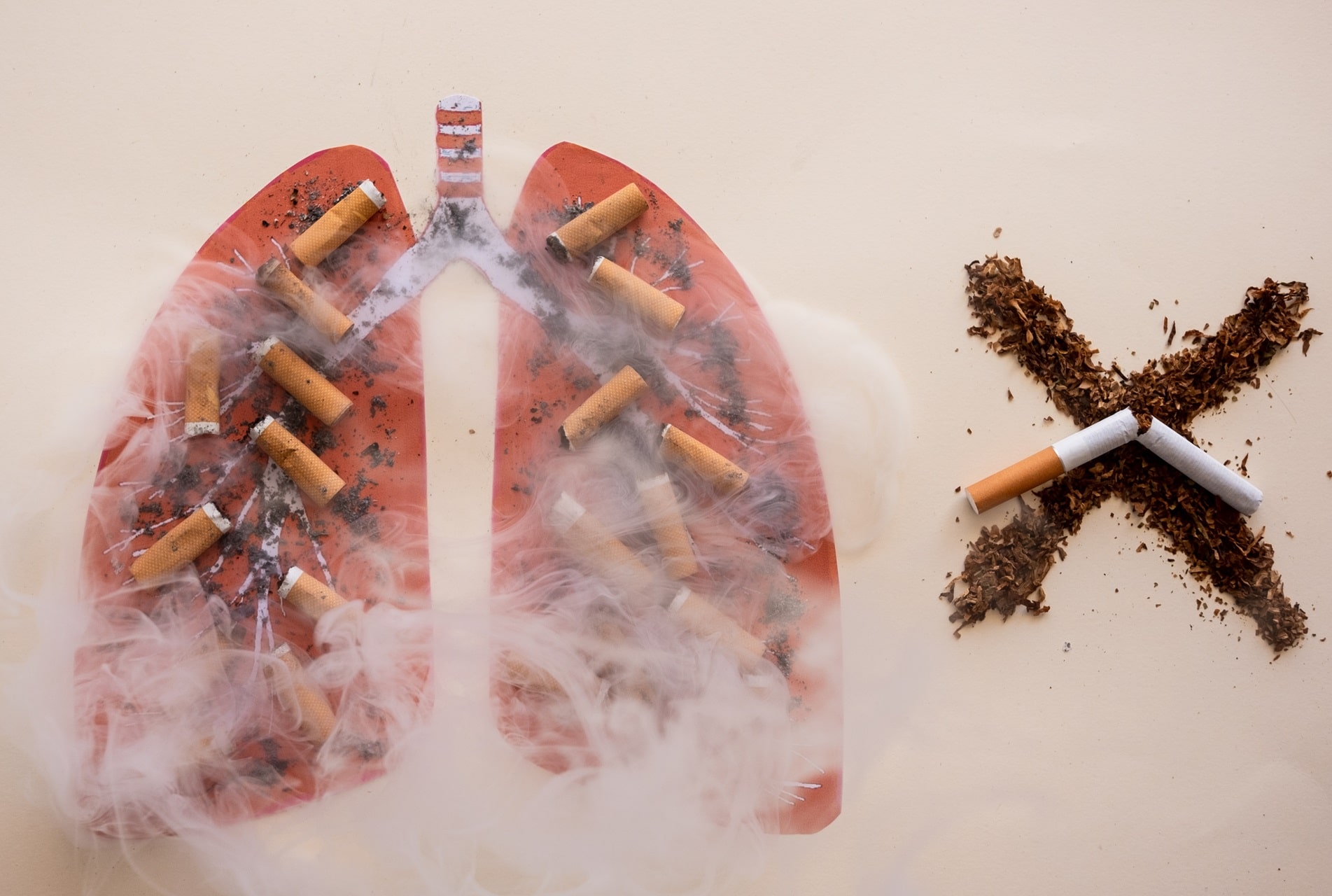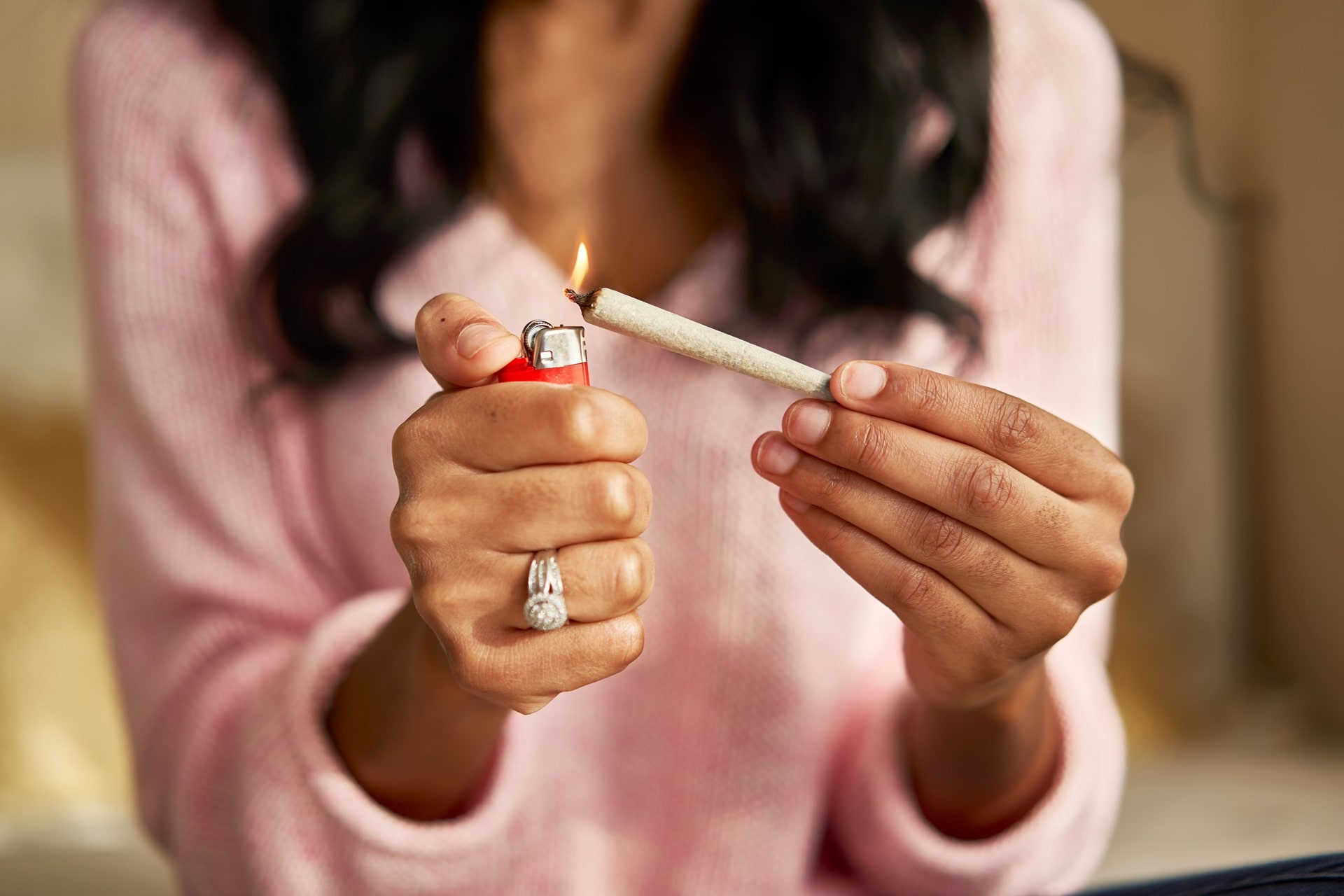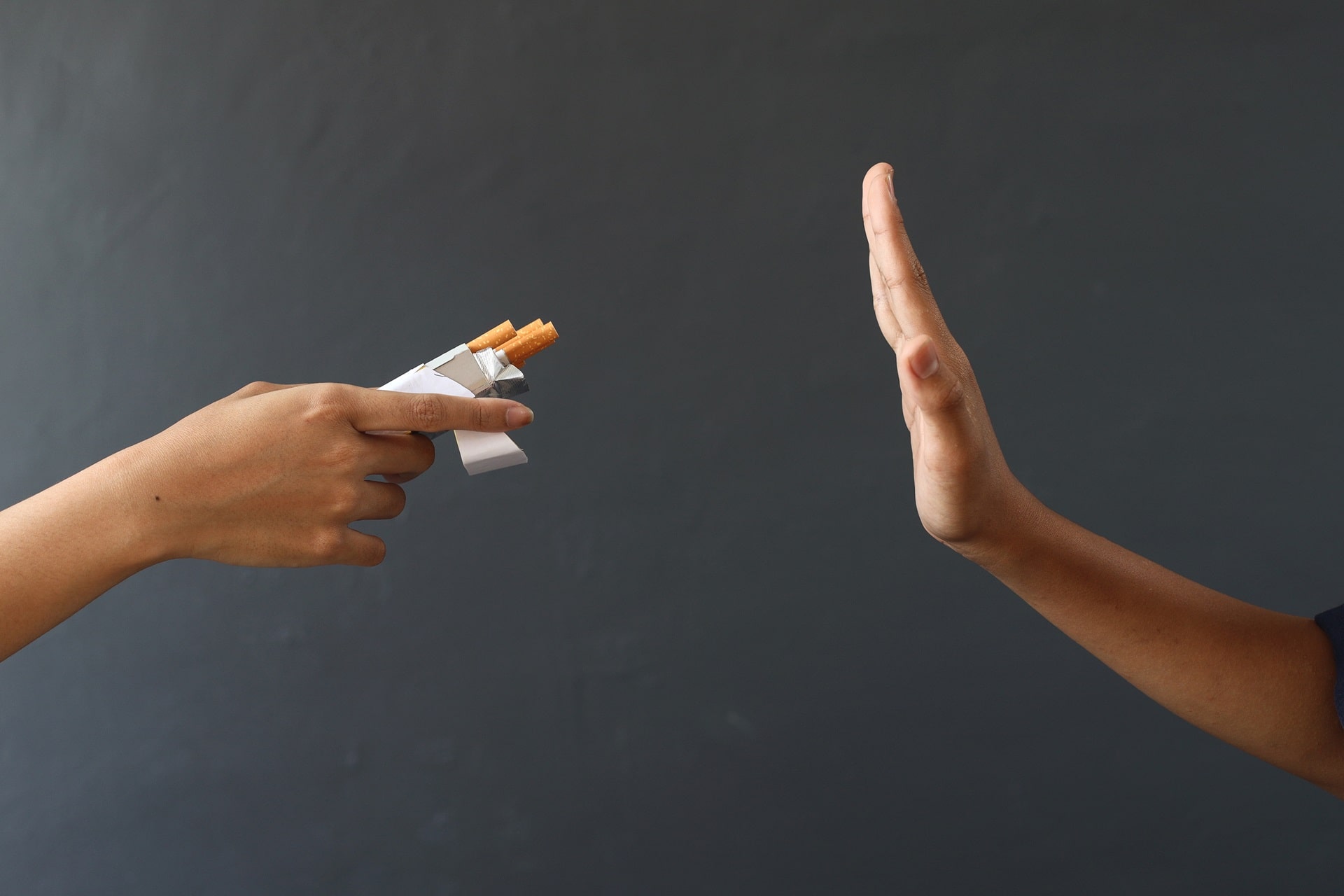In individuals who are addicted to smoking, the desire to smoke tobacco or cigarettes is very strong. But when you have the urge to smoke, if you resist this urge, it will pass within 5 to 10 minutes. Each time you resist the urge, you move a little further away from your addiction.
What substances do cigarettes contain?
Cigarette smoke contains 4,000 chemicals such as formaldehyde, cyanide, ammonia, carbon monoxide, naphthalene, cadmium (battery acid) and acetone (nail polish remover). These chemical mixtures, at least 81 of which are carcinogenic, such as arsenic, benzene and vinyl chloride, are found in tobacco smoke much more than the smoke that the smoker inhales directly. In addition to all these chemicals and toxic substances, cigarettes contain nicotine, which causes high levels of addiction, and many additives that are added to make the taste of cigarettes more pleasant and to ensure that consumers use cigarettes continuously.

What happens during smoking cessation
Smoking is a serious addiction and the process of quitting can cause a variety of physical and psychological problems. Especially in the first few days, headaches, dry mouth or a metallic taste may be experienced. Additional symptoms during the tobacco-free period include anxiety, restlessness, irritability, decreased heart rate, difficulty focusing, weight gain due to increased appetite, sweating, stress and tobacco cravings.
Stages of smoking cessation
You can prepare in advance to quit smoking.
- Step 1: Set a date to quit smoking.
- Step 2: Raising awareness, informing those around you, reorganizing the environment and changing habits will help you quit.
- Step 3: Establish a new routine for the period after quitting smoking.
- Step 4: Do not hesitate to ask for help. You can apply to smoking cessation centers for this.

When you quit smoking after the preparation phase, some changes will be seen in the body. Some of these are
- After 2 hours nicotine starts to leave your body.
- After 6 hours, heart rate and blood pressure start to decrease.
- After 12 hours, the toxic carbon monoxide from cigarette smoke is cleared from your bloodstream, allowing your lungs to function better.
- After 2 days, your senses of taste and smell become sharper.
- In 2-12 weeks, circulation improves, which makes physical activities such as walking, running, climbing stairs and hills easier.
- After 3-9 weeks, problems such as coughing, shortness of breath, wheezing decrease and your lungs become stronger.
- After 12 months, the risk of coronary heart disease is halved.
- After 12-36 months, the risk of bladder cancer is reduced by 50 percent.
- After 5 years, the risk of heart attack is halved.
- After 10 years, the risk of lung cancer is halved and the risk of heart attack is reduced to the same risk as for a person who has never smoked.

Step-by-step ways to quit smoking
1. You can try nicotine replacement, medical (drug) therapy, acupuncture or hypnosis as smoking cessation techniques
You can ask your doctor about nicotine replacement therapy
2. Avoid triggers: Avoid environments that make you feel a strong desire to smoke.
3. Delay: When you feel the urge to smoke, try delaying it for a short time. Keep yourself busy with other things during that time.
4. Chew something
5. Don't say 'just one cigarette'
6. Be physically active
7. Practice relaxation techniques: Reduce your stress by practicing relaxation techniques such as deep breathing exercises, muscle relaxation, yoga, visualization, massage or calming music.
8. Call for support: You can ask someone close to you for support in resisting cravings for cigarettes. You can talk on the phone or go for a walk together.
9. Get online support
10. Remind yourself of the benefits of quitting smoking
You can write down or say out loud why you want to quit smoking and resist tobacco cravings.
- Feeling better
- Becoming healthier
- Protecting your loved ones from harmful cigarette smoke
- Saving money









